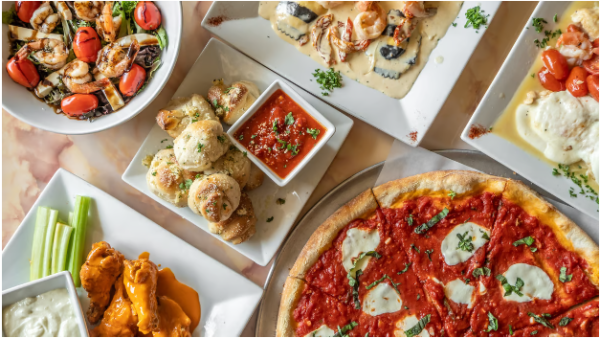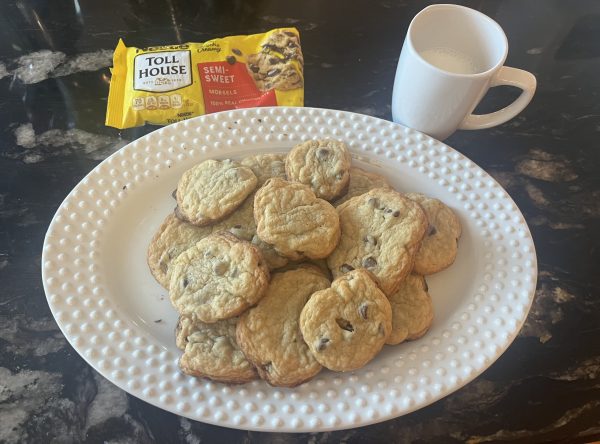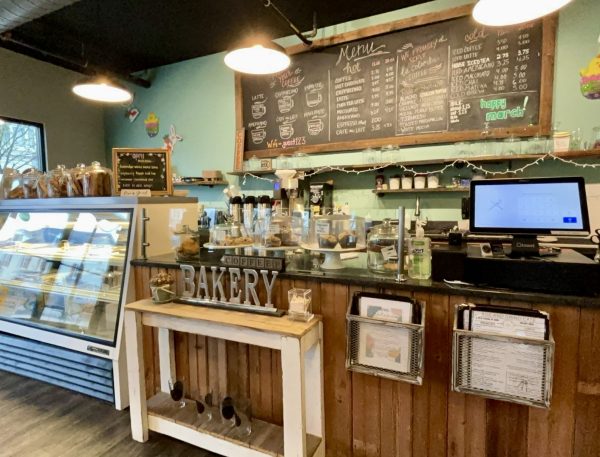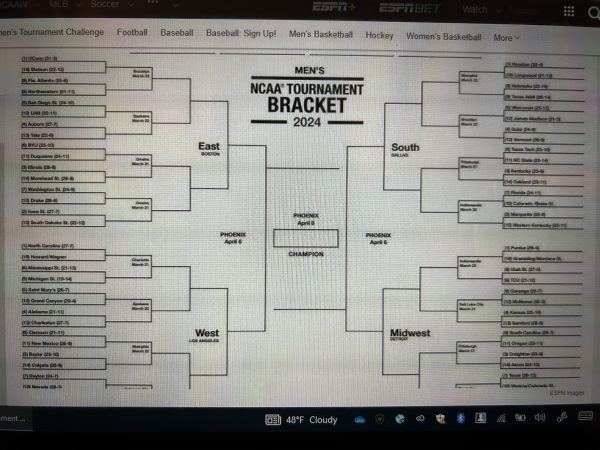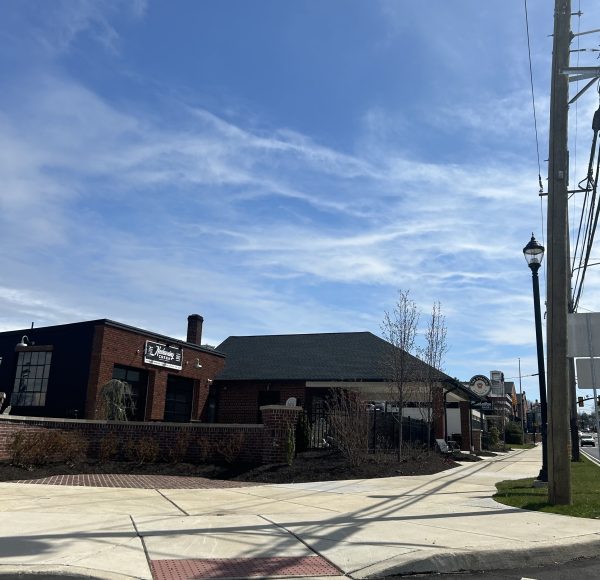Living with a Chronic Illness
February 21, 2020
On the outside, I look like a normal, 17-year-old senior in high school. On the inside, I’m battling a chronic illness 24 hours a day, 365 days a year. I was diagnosed with Type 1 diabetes in November 2017 at age 15. At the beginning of my sophomore year, I started to show symptoms such as frequent hunger, thirst, urination, weight loss, and blurry vision. My mom then took me to the doctors after having these symptoms for a few months. The doctor ran some tests and told me that I had Type 1 diabetes and that I needed to go to the hospital right away. I was hospitalized at CHOP for four days where I learned everything I possibly needed to know about my disease.
Type 1 diabetes is a chronic autoimmune disease when the pancreas completely stops making insulin which is a crucial hormone to the body that breaks down glucose, or sugar from carbohydrates, into energy. Type 1 is different from Type 2 diabetes because Type 2s can prevent and eliminate their diabetes with diet and exercise but Type 1s are insulin-dependent and get no break until there is a cure. Formally known juvenile diabetes, most Type 1 diabetics are diagnosed in their childhood years.
I wear two devices on my body 24/7 in order for me to take care of myself. I wear a continuous glucose monitor (CGM) that sends my blood sugar to my phone. I then use the data from my CGM along with counting the carbs that I’m about to eat to calculate how much insulin I must take. I wear a tubeless pump (Omnipod) that delivers insulin around the clock and more when I eat. My pump has a controller that I have to carry around with me at all times which occasionally gets mistaken for a phone when people look at me. Every type one diabetic uses different equipment but it all does the same job.
I have been on numerous trials since my diagnosis and I love researching the newest developments for Type 1. I even hacked my insulin pump so I could control it all from my phone. As a Type 1, I get questions and comments all the time like “Can you have sweets, can you eat that”. Well, I’m here to tell you that I can eat whatever I want as long as I give my body the correct amount of insulin. My life drastically changed when I was diagnosed but as the hours, days, weeks and months went by, I learned to deal with my new normal. In fact, I have turned what some may consider a tragedy into a triumph. Type 1 has taught me that I am more courageous and independent than I ever imagined. It has shown me the power of grit and perseverance. It has pushed me to be more open with my peers. I continued to be involved in my school by being a member of the National Honor Society, Executive Council, Key Club, and Link Crew. I also maintained my high honors status. November just marked two years since I was diagnosed and I am proud of the progress that I have made. I have realized that I can choose any path that I want in life. My disease does not limit me or define me. Supreme Court Justice Sonia Sotomayor, British Prime Minister Theresa May, and singer Nick Jonas are excellent role models of people who have had extraordinary lives despite managing this disease. I will never let my disease stop me in any way and will only allow it to make me stronger.
